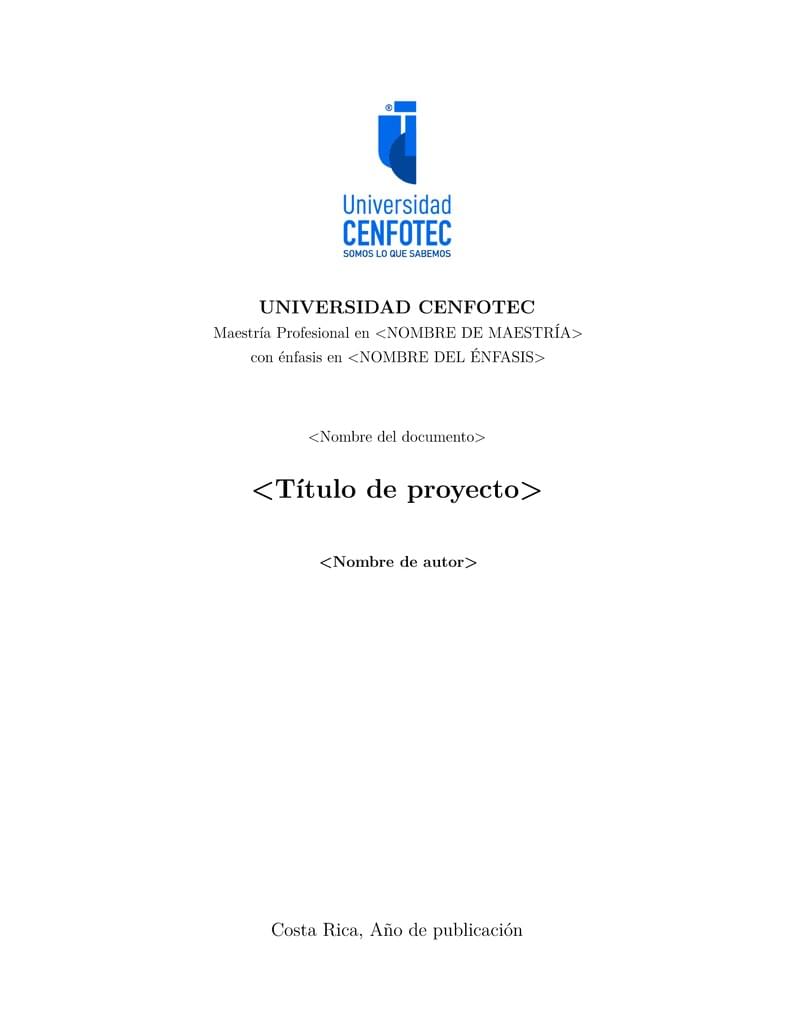overleaf template galleryLaTeX templates and examples — Recent
Discover LaTeX templates and examples to help with everything from writing a journal article to using a specific LaTeX package.

This document serves as the LaTeX template specifically designed for authors preparing manuscripts for submission to the Innovative Informatics and Artificial Intelligence Research (IIAIR) journal. By using this template, authors can ensure their manuscripts meet the IIAIR's standards, facilitating a smoother review and publication process. Please visit: https://journal.itk.ac.id/index.php/IIAIR

A Package and template for writing beautiful and nicely structured point-by-point responses.

https://github.com/hsiangjenli/ntust-thesis-latex
![Internship report [TEMPLATE]](https://writelatex.s3.amazonaws.com/published_ver/36839.jpeg?X-Amz-Expires=14400&X-Amz-Date=20251225T135135Z&X-Amz-Algorithm=AWS4-HMAC-SHA256&X-Amz-Credential=AKIAWJBOALPNFPV7PVH5/20251225/us-east-1/s3/aws4_request&X-Amz-SignedHeaders=host&X-Amz-Signature=fa525e79b325a6b6b405969b70adb6c66f95903e4c60f3870b85b4b74f53e4f8)
If you need any help, feel free to contact Sho7 (me) on discord

Plantilla para la elaboración de los proyectos de investigación de la universidad Cenfotec en Costa Rica. Esta plantilla está elaborada en base a la plantilla de la UPM: https://www.overleaf.com/latex/templates/upm-thesis-template-en/nzjnspqsxfmm

LaTeX-Template für Studien- und Bachelorarbeiten an der ASW. [CC BY-SA 3.0 DE]

HKU beamer

This is a professionally designed LaTeX template for creating an impressive resume tailored for AI/ML roles. The template is focused on highlighting your skills, experience, and projects related to artificial intelligence, machine learning, deep learning, computer vision, and natural language processing. With its clean and modern layout, this resume template effectively showcases your technical expertise and accomplishments in a visually appealing manner. The template includes dedicated sections for a summary, technical skills, projects, experience, education, and certifications, making it easy to organize and present your relevant information. https://github.com/zwayth/resume

Poster base para apresentações no I Congresso "Dimas Roberto Vollet" de Pós Graduação em Física - UNESP -RC.
\begin
Discover why over 20 million people worldwide trust Overleaf with their work.